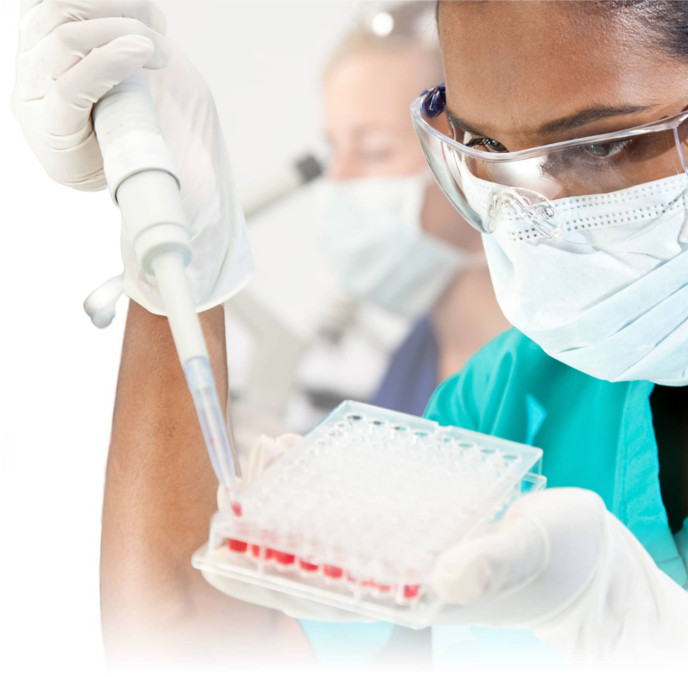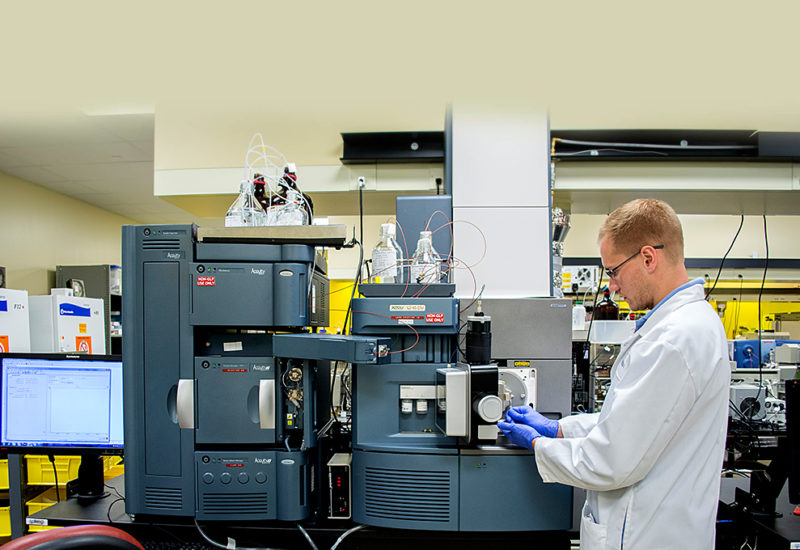
Ex Vivo Enzyme Induction Studies
Ex Vivo cytochrome P450 (CYP) and UDP glucuronyltransferase (UGT) enzyme induction experiments in monkey, dog, rat, and mouse liver microsomes can identify the species with the closest induction profile to humans and help explain unexpected results in animal pharmacokinetic/pharmacodynamic (PK/PD), absorption, metabolism, distribution, and excretion (ADME), and toxicology studies.
You can now request quotes for our research services on BioIVT.com!
Whether you need a single assay or a complete ADME program, BioIVT’s experts will help design and implement the appropriate studies for your drug and research objectives. View BioIVT’s comprehensive portfolio of ADME research services.
Not only are these types of induction studies cost-effective, but they can also provide critical information to your investigation, such as which prototypical CYP inducers the drug candidate resembles, which animal species most closely resembles human, and epigenetic tumor formation.

Our Approach to Ex Vivo Induction Studies
Much of our understanding of CYP induction stems from studies conducted in rodents. The design of these studies is generally applicable to other species, although some significant species differences exist, such as:
- Drug-drug interactions
- Pharmacokinetic tolerance
- Increased elimination (auto-induction)
Positive Controls
Positive controls show how your compound relates to the prototypical inducers in your animal model. To achieve relevant comparisons in microsomal activity, we maintain a selection of suitable positive controls from rat, mouse, dog, and monkey for both CYPs and UGTs to match with each drug candidate. Additionally, we consult our historical control values acquired over several years to provide the highest level of confidence in our assessment of your compound.
Prototypical Inducers
- Β-naphthoflavone
- Phenobarbital
- Isoniazid
- Rifampin
- Dexamethasone
- Clofibric acid

